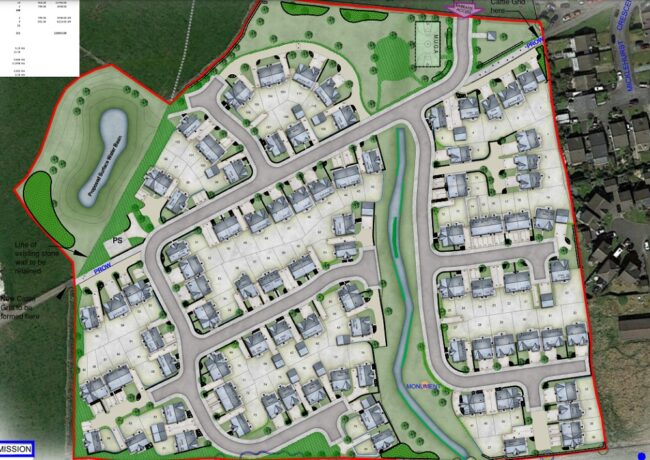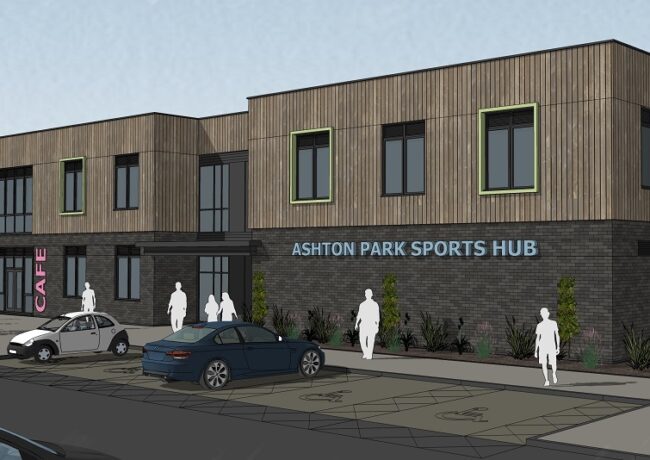RESOURCES | Five things you need to know about the new Flood Re scheme
Freak weather events are becoming more commonplace and the North West is in the firing line, writes Bill Chandler of Hill Dickinson. This winter alone we have experienced extensive and widespread flooding across our region, with homes and businesses flooded out or left without power, the army mobilised and the situation discussed at meetings of the emergency committee COBRA.
You may have heard about the new ‘Flood Re’ scheme, which aims to keep flood insurance available and affordable to as many people as possible.
Flood Re will open for business in a few weeks’ time, so here’s the lowdown on what you need to know about it:
- WHY is Flood Re necessary?
With the Environment Agency estimating that one in six homes in England is at risk of flooding, the availability and cost of insurance in flood-affected areas has been an increasing concern. The previous Statement of Principles have ensured the continued availability of flood insurance since 2000, but the government and the Association of British Insurers have been working for some time to create a flood reinsurance scheme. Flood Re replaces the Statement of Principles and is designed to ensure that insurance against the risk of flooding remains available in situations where a free market might otherwise refuse such cover or only offer it at prohibitive rates.
2. WHAT properties will benefit from Flood Re?
Only certain residential property constructed before January 2009 will be covered. Flood Re will benefit individual owner-occupied dwellings, and groups of up to three residential units where the owner (or their immediate family) lives in one of the units. The Government estimates that up to 350,000 homes will benefit.
However, that leaves an awful lot of property that will not benefit from Flood Re and which will therefore be subject to market rates for their insurance, including:
- commercial or mixed-use property (although Transport Minister Robert Goodwill – the flood envoy for Yorkshire – hinted this week that the scheme could be extended to small businesses in due course);
- apartment blocks
- buy-to-lets
- residential properties owned by a company or a housing association
- residential properties built since January 2009 (unless replacing a demolished property that was built before January 2009)
3. HOW does Flood Re work?
The householder will continue to purchase their home insurance from an insurance company and make claims in the usual way and will not notice any difference. The magic happens behind the scenes, with the insurer passing the flood aspect of the insurance to Flood Re. Flood Re accepts the flood risk in return for a premium payable by the insurer, based on the council tax band of the property and an excess of £250. The premium will be lower than the market rate for an ‘at risk’ property, funded by a £180m levy on the home insurance industry.
4. WHEN does Flood Re open for business?
Flood Re is due to commence operating in April 2016. It is designed to operate for 25 years (calculated from 2014), with a free market for flood risk insurance resuming in 2039. The scheme will be reviewed every five years to assess progress and to consider the level of premiums and levy.
5. WHERE can I find out more?
Geeks can find chapter and verse in:
- The Water Act 2014
- The Flood Reinsurance (Scheme and Scheme Administrator Designation) Regulations 2015
- The Flood Reinsurance (Scheme Funding and Administration) Regulations 2015
- The Flood Re Scheme Document
But most readers will be able to find everything they need on the Flood Re website.
This article was originally published through Place Resources



